Lost empires that were surprisingly advanced
History is filled with fascinating civilizations that flourished and faltered, leaving behind mysteries and marvels. These lost empires offer a glimpse into human ingenuity, resilience, and cultural richness.
Exploring them reveals forgotten tales and achievements that continue to captivate and educate us today. From advanced engineering to celestial navigation, these ancient societies showcased skills that were ahead of their time, reminding us of the enduring legacy of human creativity and innovation.
The Enigmatic World of the Minoans
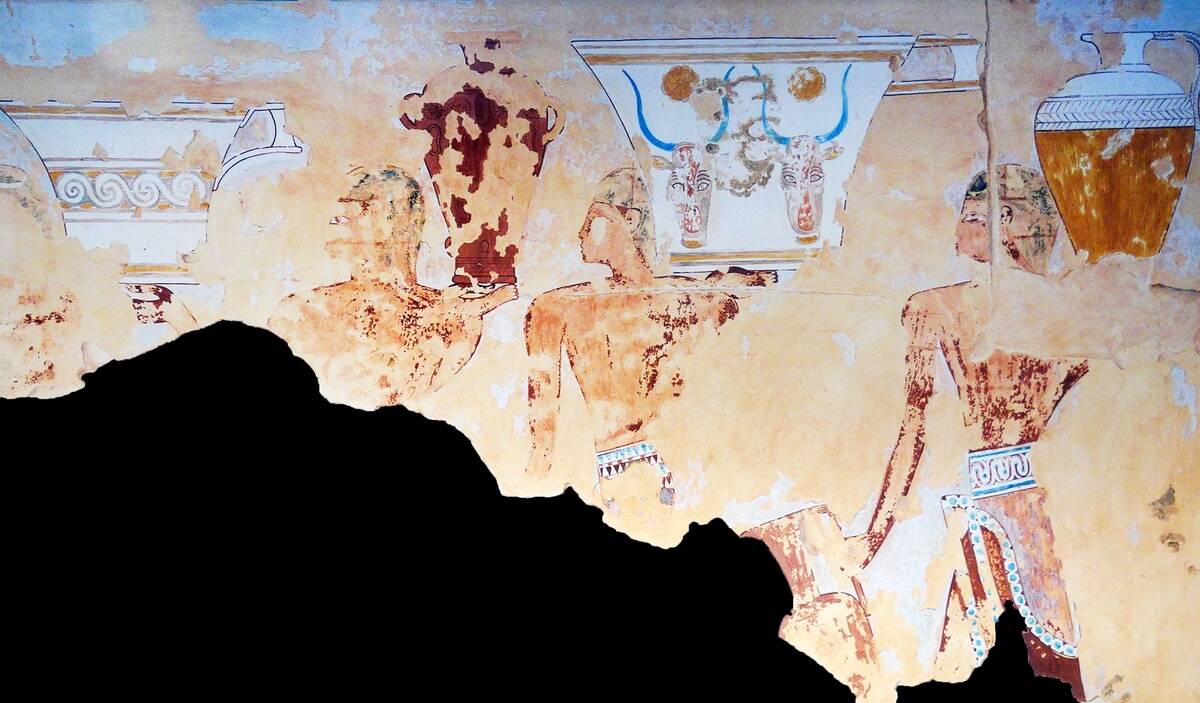
The Minoans, centered on the island of Crete, are often considered Europe’s first advanced civilization. Known for their elaborate palaces, such as Knossos, they also developed a writing system called Linear A, which remains undeciphered.
Their art, characterized by vibrant frescoes, reflects a society deeply connected to the sea. Despite their accomplishments, the Minoans gradually declined around 1450 BC, possibly due to a volcanic eruption or invasion, leaving behind many unanswered questions.
The Technological Marvels of Ancient Carthage

Carthage, located in modern-day Tunisia, was a powerhouse of maritime trade and technology. The Carthaginians advanced shipbuilding techniques, allowing them to dominate the Mediterranean Sea. Their innovative use of the war elephant in battle showcased their military ingenuity.
Despite their prowess, Carthage fell to Rome after the Punic Wars, with its legendary general Hannibal remembered for his daring crossing of the Alps. The city’s ruins still echo tales of its formidable presence and technological achievements.
Indus Valley Civilization: Harappan Heights
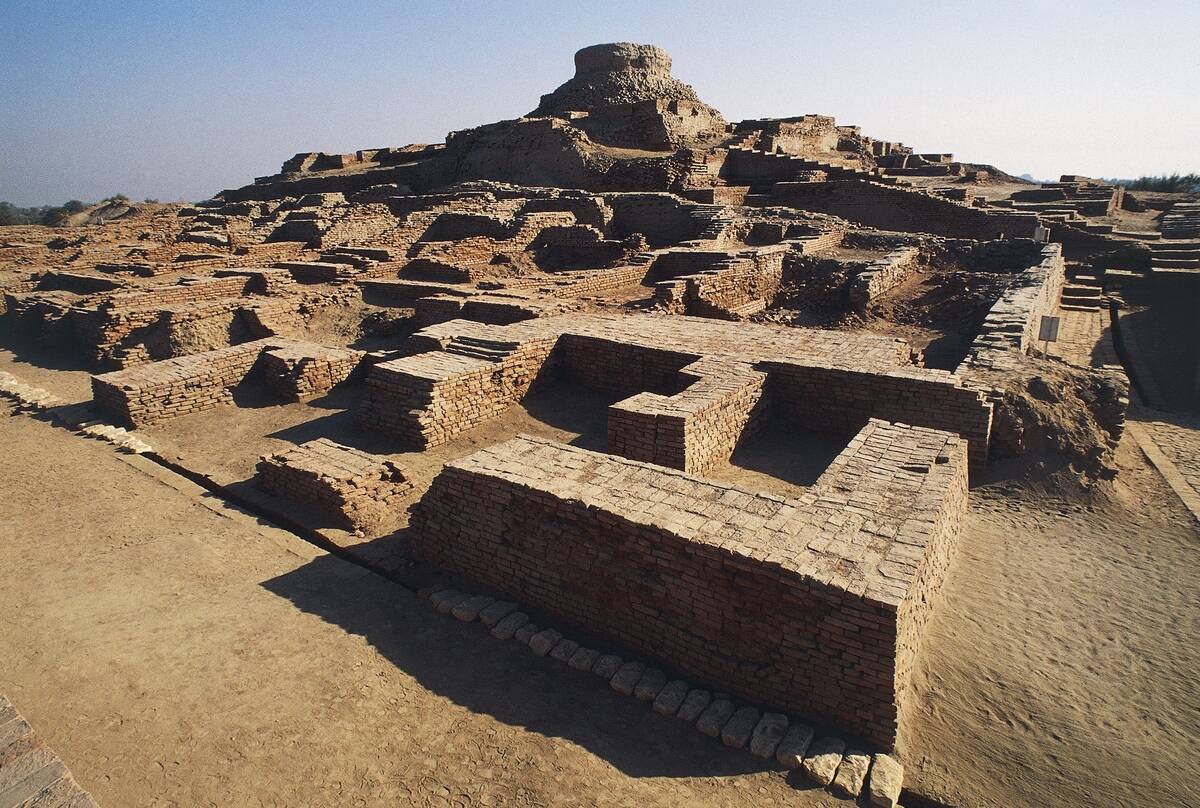
The Indus Valley Civilization, at its zenith around 2500 BCE, was an architectural wonder. Featuring advanced urban planning, cities like Mohenjo-Daro had sophisticated drainage systems and grid layouts. Their undeciphered script suggests a complex society, possibly linked through trade with Mesopotamia.
Despite their advancements, this civilization gradually declined, likely due to climatic changes or shifts in river courses. The Harappans leave behind a legacy of architectural brilliance and urban sophistication.
The Nubian Kingdom of Kush: Africa’s Ancient Powerhouse
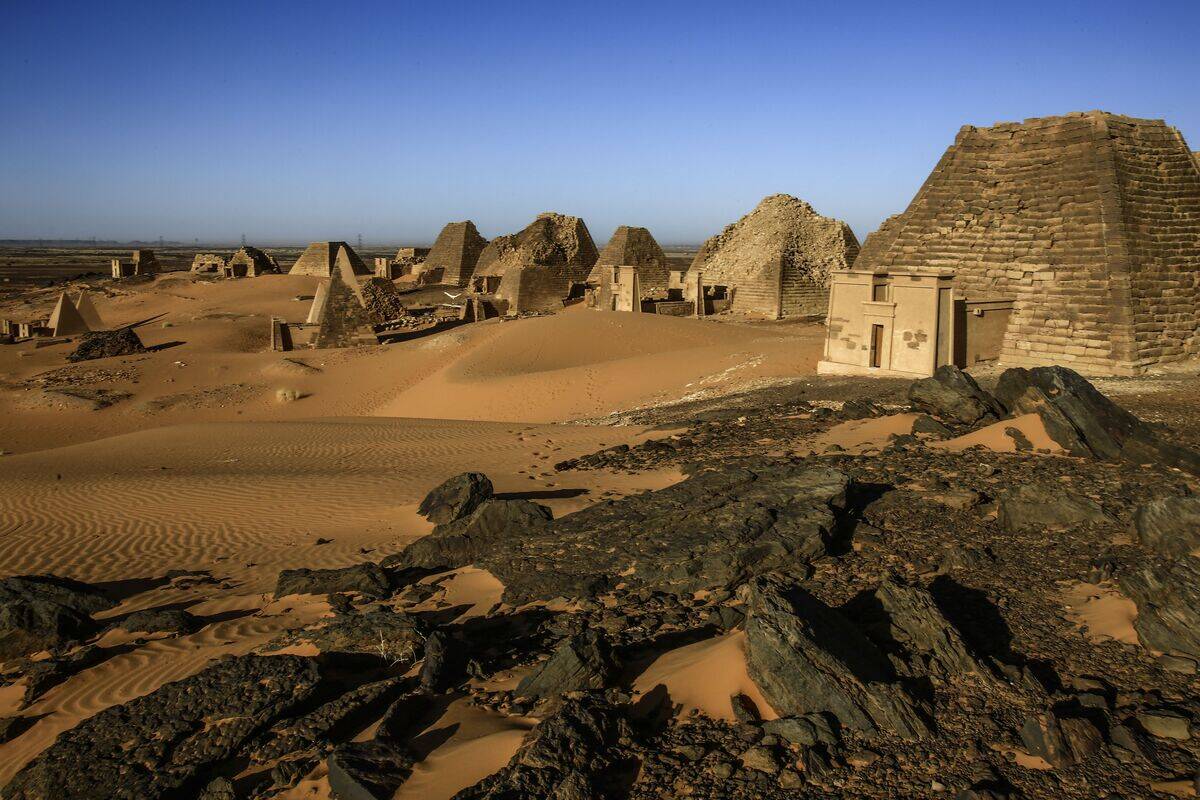
The Kingdom of Kush thrived along the Nile, south of Egypt, blending African and Egyptian influences. Renowned for its rich resources, including gold, Kushite kings even ruled Egypt as pharaohs during the 25th Dynasty.
The city of Meroë became a hub of iron production, showcasing their metallurgical expertise. Despite their power, Kush eventually declined due to shifting trade routes and invasions. Their pyramids and art continue to testify to a thriving and influential African civilization.
The Golden Age of the Khmer Empire
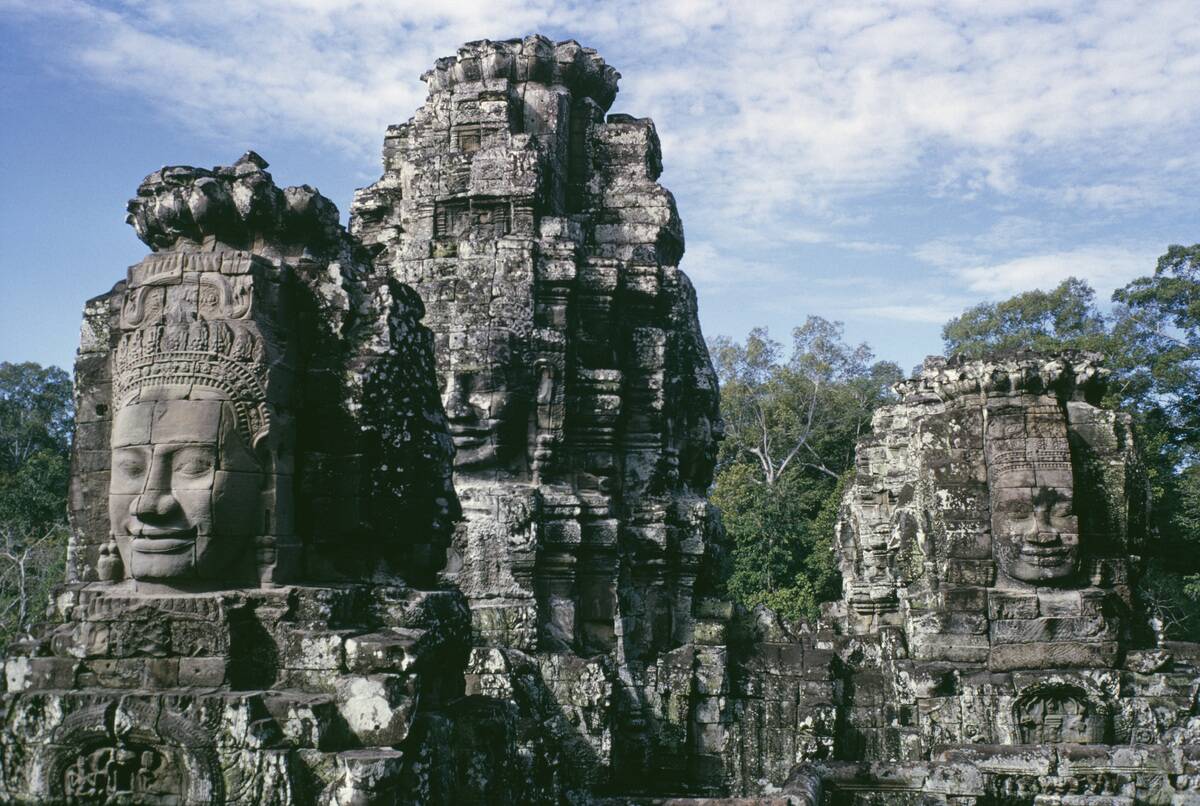
The Khmer Empire, centered in modern Cambodia, reached its zenith between the 11th and 13th centuries. Angkor Wat, their iconic temple complex, stands as a testament to their architectural and engineering prowess. The empire was a melting pot of Hindu and Buddhist influences, reflected in its art and culture.
Despite their achievements, the Khmer Empire gradually declined, possibly due to environmental factors and conflicts. Yet, their monumental architecture continues to inspire awe and admiration.
The Scientific Prowess of the Abbasid Caliphate
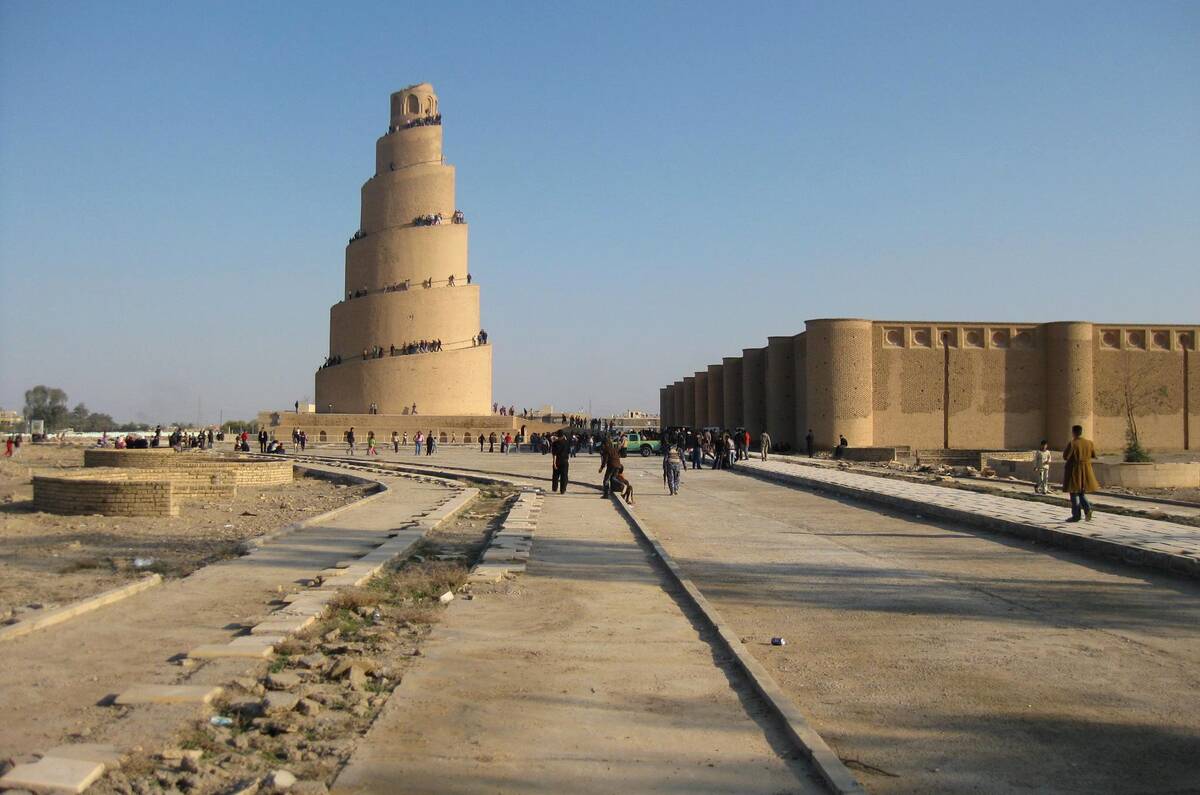
The Abbasid Caliphate, based in Baghdad from the 8th to the 13th century, was a beacon of scientific inquiry and learning. The House of Wisdom attracted scholars from across the world, translating and expanding upon Greek, Persian, and Indian texts.
Innovations in mathematics, astronomy, and medicine flourished, with figures like Al-Khwarizmi, the father of algebra, leading the way. Despite its eventual decline, the Abbasid era left an indelible mark on the intellectual landscape of the world.
The Artistic Flourish of the Byzantine Empire
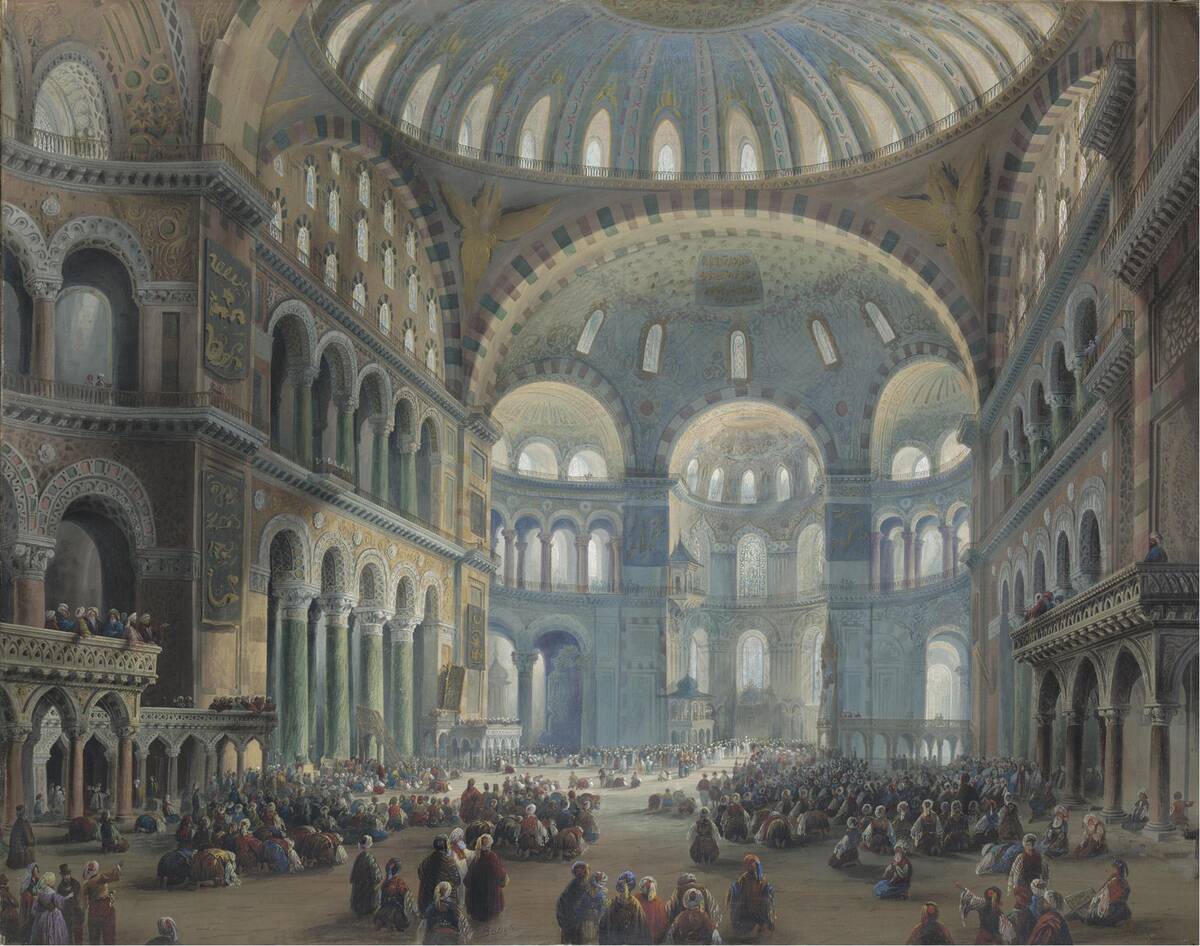
The Byzantine Empire, with its capital in Constantinople, was a bastion of art and culture for over a millennium. Renowned for its mosaics and iconography, Byzantine art influenced both Eastern and Western traditions.
The empire’s architectural marvel, the Hagia Sophia, remains a symbol of its grandeur. Despite political turmoil and eventual conquest by the Ottomans in 1453, the Byzantine legacy endures through its art, which continues to inspire religious and secular works alike.
The Olmec Civilization: Mesoamerica’s Forebears
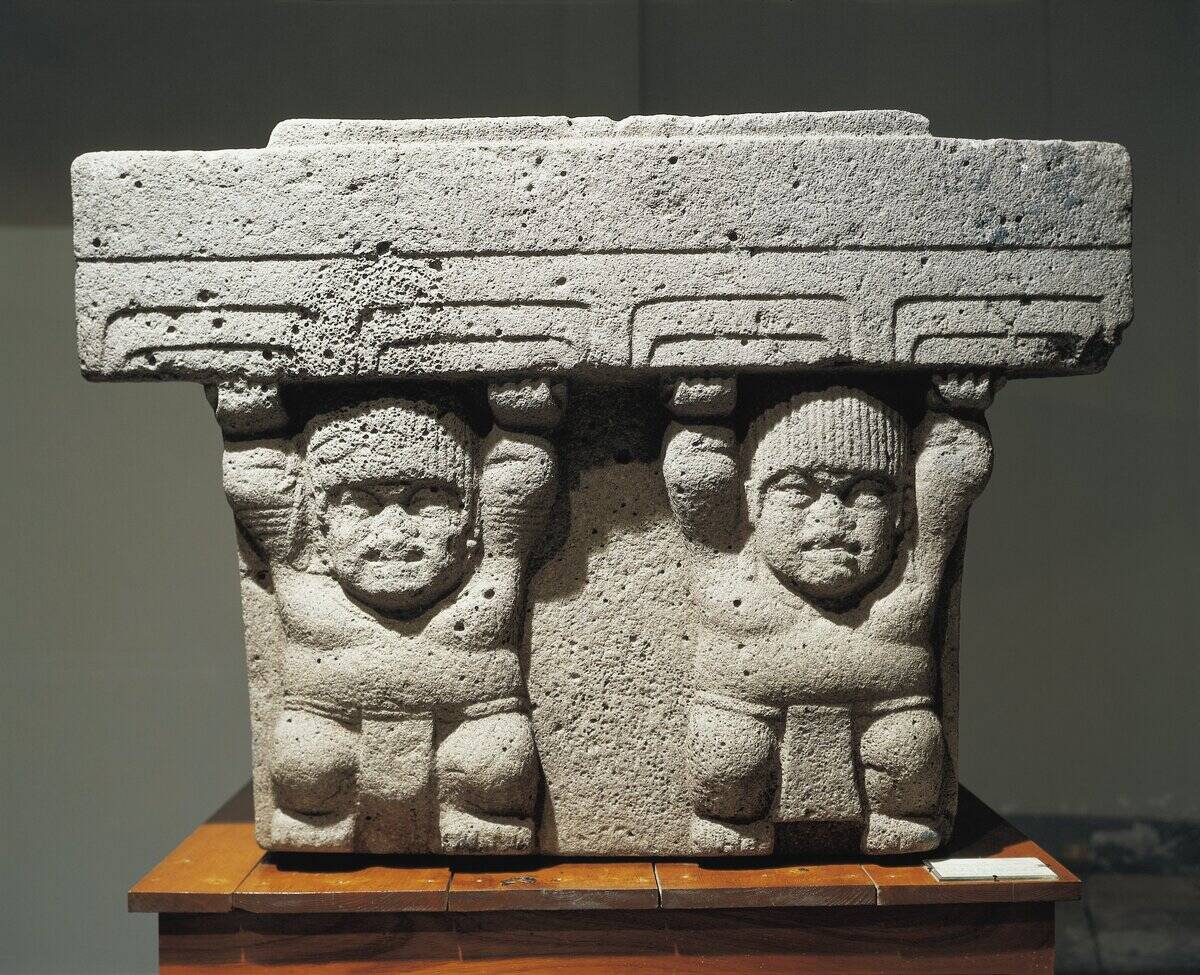
The Olmecs, flourishing between 1200 and 400 BCE, are often considered the progenitors of Mesoamerican cultures. They are best known for their colossal stone heads, carved with remarkable skill and precision.
The Olmecs laid the groundwork for later civilizations with their developments in agriculture, writing, and calendar systems. Although their civilization declined, their influence persisted, setting the stage for the rise of the Maya and Aztec cultures in the region.
The Astronomical Achievements of the Mayans
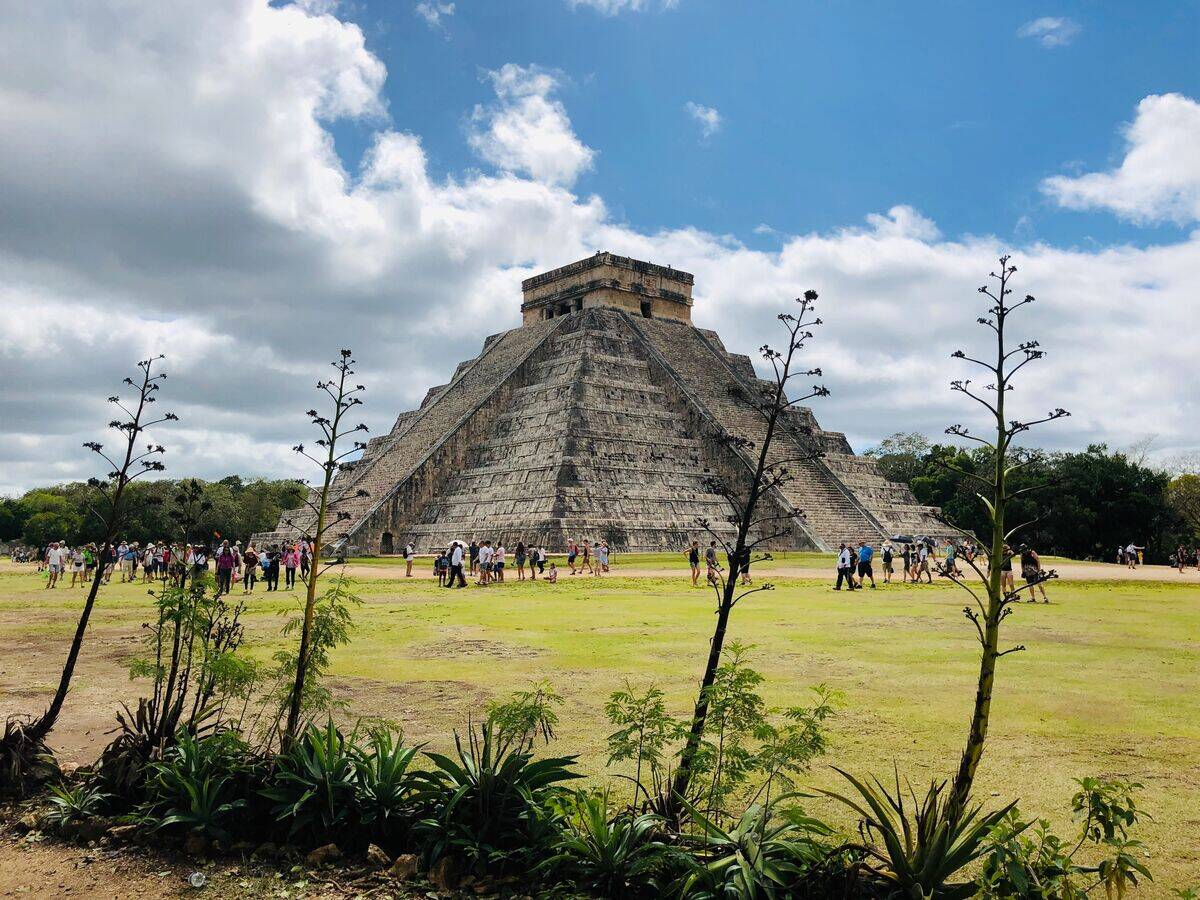
The Mayans, known for their advanced understanding of astronomy, developed a complex calendar system that rivals modern precision. Their observations of celestial bodies enabled them to predict eclipses and seasonal changes accurately.
The city of Chichen Itza, with its El Castillo pyramid, reflects their astronomical expertise, aligning with equinoxes to create stunning visual effects. Despite their eventual decline, the Mayans’ astronomical achievements continue to intrigue scholars and enthusiasts around the world.
The Engineering Ingenuity of the Inca Empire
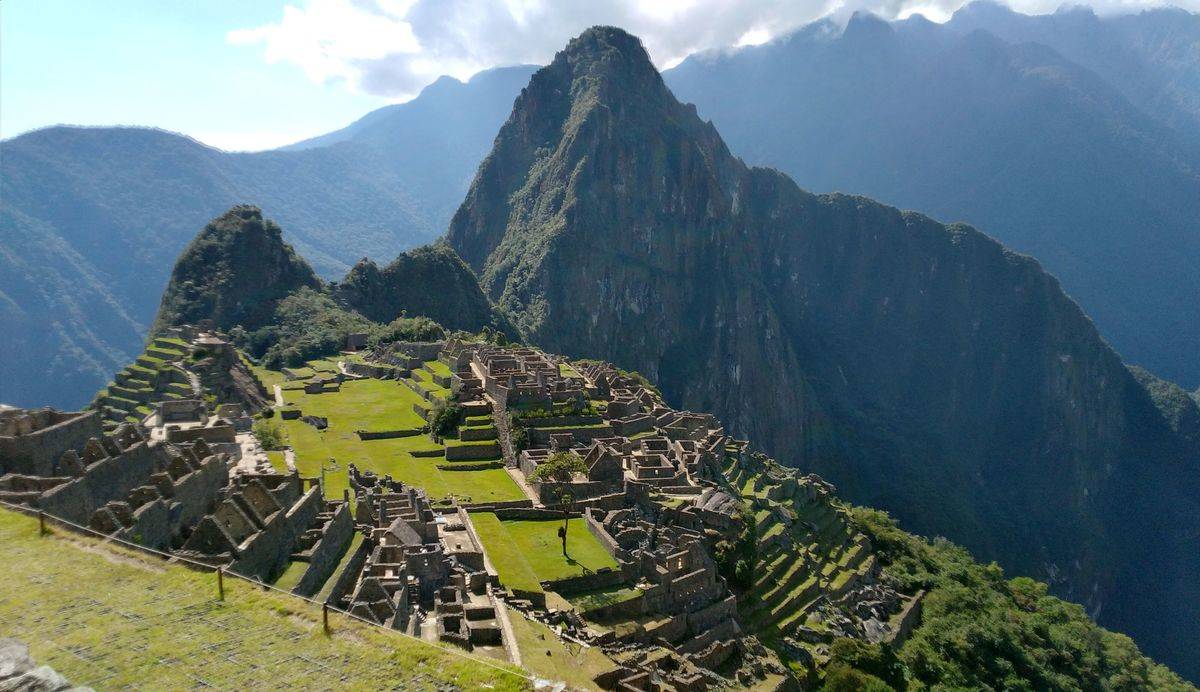
The Inca Empire, spanning the Andes, showcased remarkable engineering prowess. Their road network, stretching over 24,000 miles, facilitated communication and control across diverse terrains.
The city of Machu Picchu, perched high in the mountains, exemplifies their architectural excellence, with its precisely cut stone structures that have withstood the test of time. Despite the Spanish conquest, the legacy of Incan engineering endures, inspiring admiration and attracting visitors from all corners of the globe.
The Trading Networks of the Mali Empire
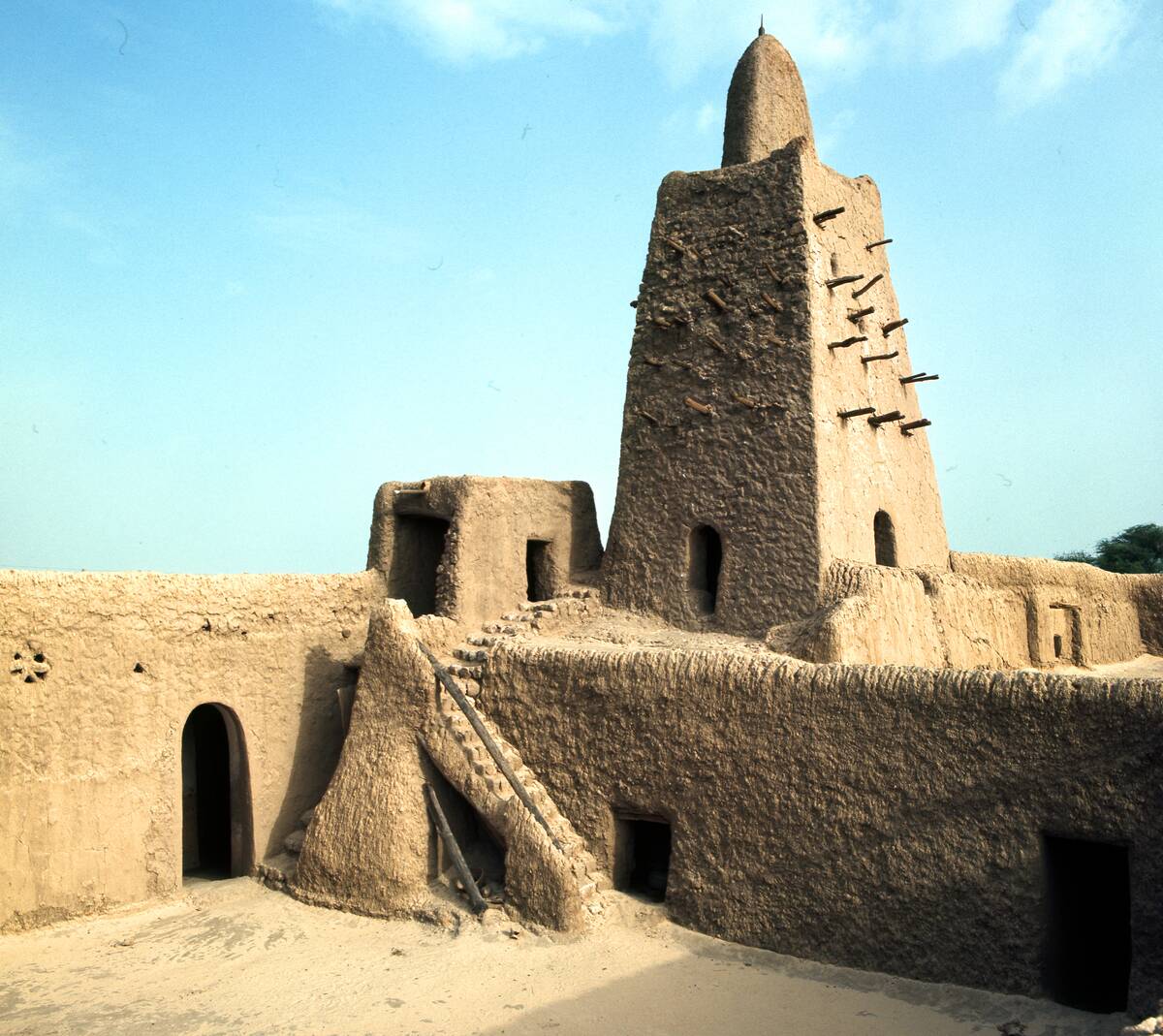
The Mali Empire, flourishing in West Africa during the 13th to 16th centuries, was a hub of wealth and trade. Its legendary ruler, Mansa Musa, is often regarded as one of the richest individuals in history.
The empire’s cities, like Timbuktu, became centers of learning and culture, attracting scholars and traders from afar. Gold, salt, and other commodities flowed through its vast trading networks, cementing Mali’s reputation as a powerful economic force in the medieval world.
The Advanced Urban Planning of the Sumerians

The Sumerians, inhabiting the region of Mesopotamia, are credited with pioneering urban planning. Cities like Ur and Uruk featured well-organized layouts, with ziggurats serving as religious and administrative centers. Their development of cuneiform writing marked a significant leap in record-keeping and communication.
Despite their city-states eventually succumbing to external invasions, the Sumerians laid the foundations for civilization, influencing subsequent societies in the region with their innovations in governance and architecture.
The Cultural Fusion of the Hittite Empire
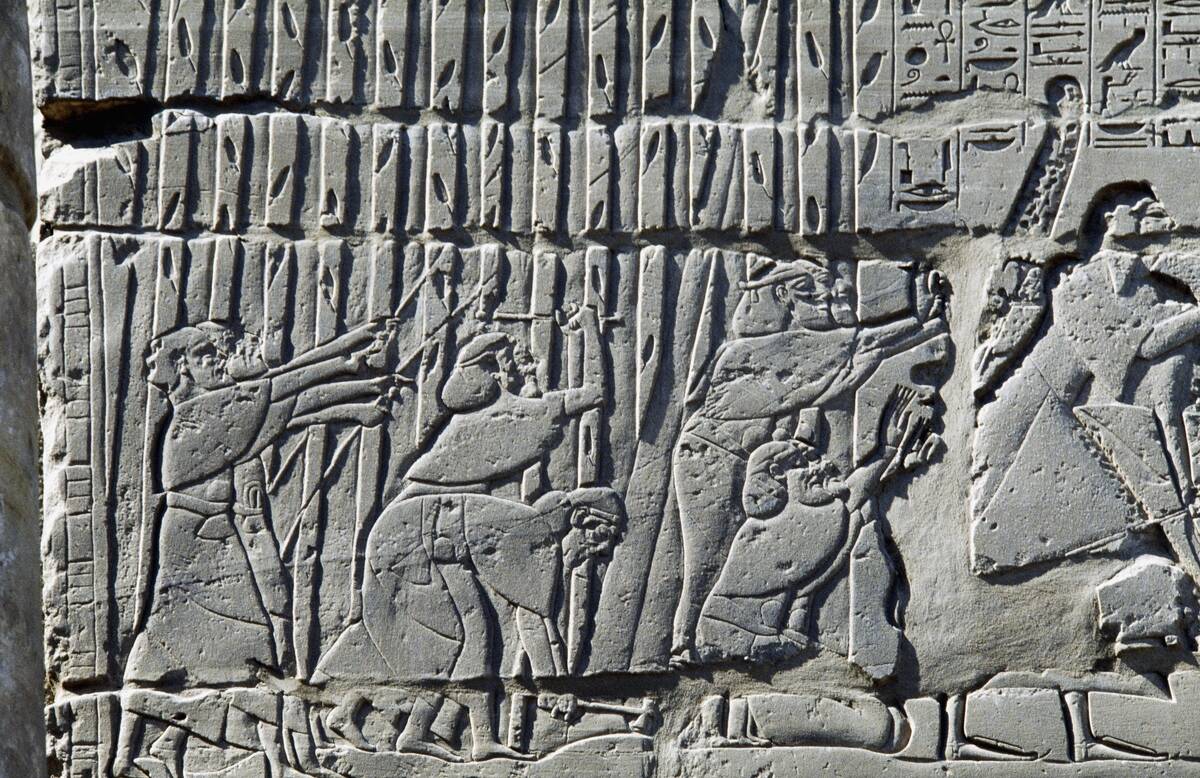
The Hittite Empire, located in Anatolia, was a melting pot of cultures and languages. Their legal system, one of the earliest known, emphasized fairness and restitution. The Hittites were also pioneers in ironworking, giving them a military edge.
Despite their eventual decline, the Hittite legacy persisted, influencing neighboring cultures through their art, language, and legal traditions. The discovery of cuneiform tablets in Hattusa has provided valuable insights into their society and interactions with other ancient civilizations.



